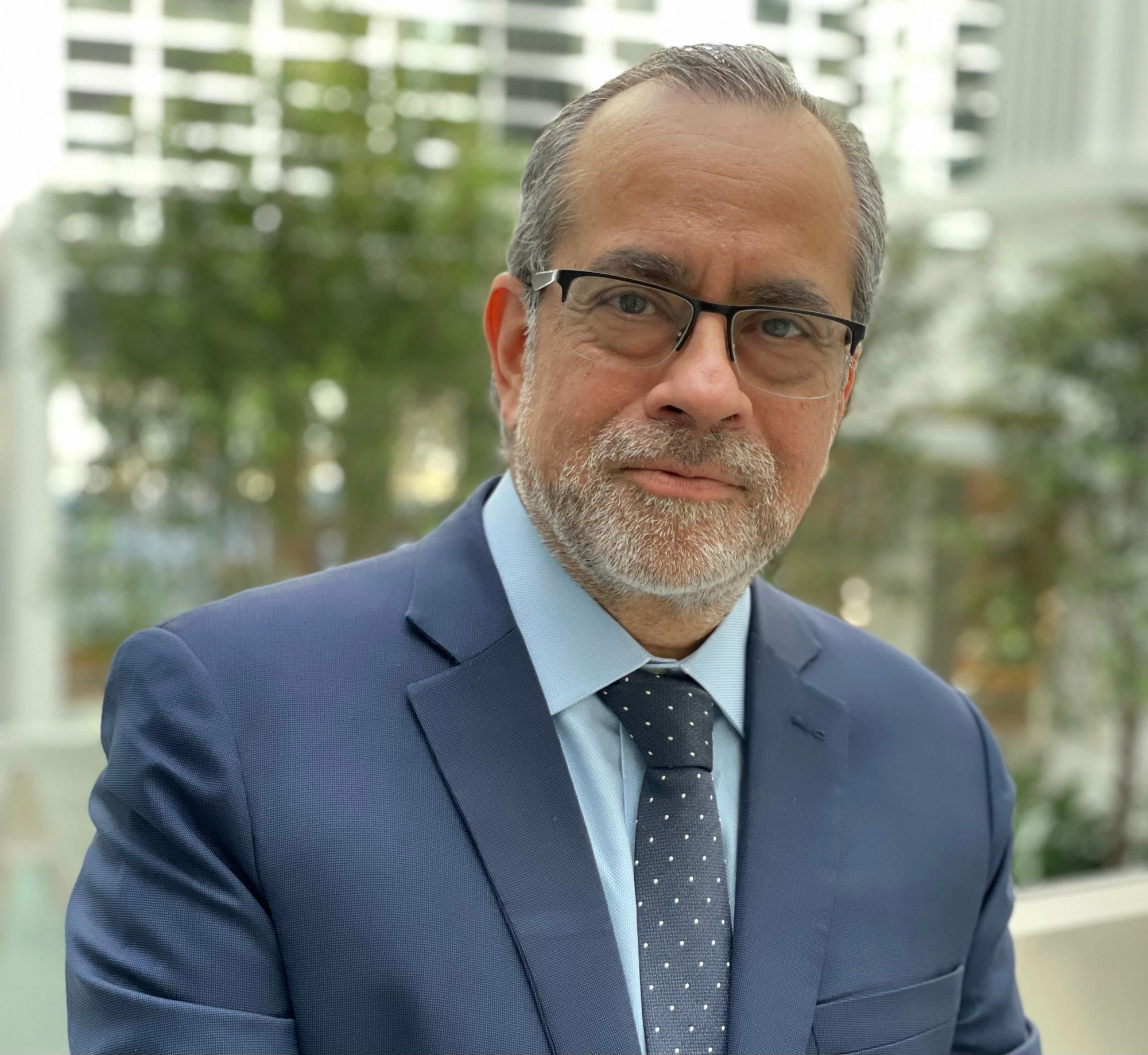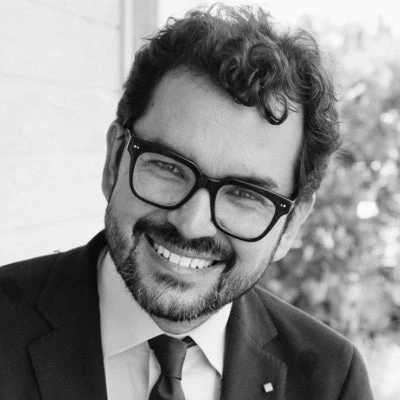
Also available in Spanish | French
Countries with the best education outcomes are those in which society places high value on the teaching profession. That value is reflected in the relationship between the state, society, and the teacher; in the support given to teachers (including reasonable salaries), in the trust placed in them; and in the recognition bestowed upon them by society, parents, and the community as well as the value they place on the tremendous responsibility that they bear.
Regrettably, in many countries, the social value of the teaching profession has declined substantially in recent decades. Based on 2015 data from PISA, a significantly higher portion of young people in Japan, the Republic of Korea, and Finland aspired to be teachers rather than engineers. In many countries – including the Dominican Republic – it is the exact opposite. Despite this trend, this Caribbean nation has begun taking steps to transform the teaching profession into a competitive, prestigious career.
What is the Dominican Republic doing? While some measures may seem obvious, they are overlooked in many countries. First, they define what is expected from a teacher, namely, the required competencies. Next, they define what is expected from teacher training institutions, including the need to have education students in a classroom with students during their training. In addition, the Dominican Republic made the admission process to enter teacher training institutions and to the public teaching career more competitive. And they have begun to pay teachers better. Thus, in an effort to provide a good service, objectives are identified, and professionals are thoroughly trained, carefully selected, and well paid—a surprisingly simple reform, yet also politically, administratively, and financially complicated (reason why many countries do not do it). Let’s take a closer look.
First, the Dominican Republic explicitly defined what they expect from each teacher. In 2014, the Ministry of Education published the “Professional and Performance Standards for the Accreditation and Development of the Teaching Career,” which set forth the knowledge requirements for teachers, expectations of classroom performance, and the attitudes and values that define pedagogical excellence. These standards have proven to be essential to the processes of selection, training, induction, and evaluation of teachers.
Second, the country passed “Regulations for quality teacher training in the Dominican Republic,” which describe the competencies expected of teachers in terms of personal and professional development, pedagogical skills, curricula, and school management. Although the definition of competencies may seem to be a standard practice for any bureaucracy, it represents a milestone in the Dominican Republic’s teacher training reform process and has yet to be adopted in many countries the World Bank operates in. Defining the parameters of what teachers should know is a crucial first step in establishing clear guidelines for the activities of teacher training institutions.
This led to significant changes in teacher training. In the past, prospective teachers would undergo three years of training at the faculty of education, taking classes just once (yes, once) a week, while many of them concurrently worked and studied to cover their expenses. The reform proposals called for a minimum of four days of face-to-face classroom time at the university, and included practice in schools as part of the training curriculum. Moreover, the country is taking steps that are simply common sense: learning to teach requires classroom practice with someone who is already proficient at it (in the same sense, no one is allowed to fly an airplane alone without logging a certain number of flight hours with an instructor; for some reason, the same approach is not taken with teachers, despite the fact that they will spend hundreds of hours shaping the lives of young boys and girls). Moreover, students who attend universities that comply with the new regulations receive scholarships so they do not need to work. Furthermore, recognizing the need for greater technical expertise at the secondary level, secondary school teachers are now trained in their respective subjects (mathematics, science, etc.), with a focus on pedagogy.
Third, admission to basic teacher training programs was made more selective. In 2017, the admission process for schools of education became more selective in the Dominican Republic – all students are now required to take the Orientation and Academic Measurement Test [Prueba de Orientación y Medición Académica POMA] as a requirement for admission to a university degree program. Between 35% and 40% of students pass this test. For an education degree, this test is supplemented by an admissions test that measures Spanish language proficiency (with an emphasis on reading comprehension) and mathematics (with an emphasis on logical mathematical reasoning, arithmetic, and geometry). This test was passed by only 16% of those who passed the POMA.
Fourth, the system hires the best teacher candidates for public schools. The system now administers a rigorous competitive (selection). In 2015, only 28% of almost 37,000 candidates who applied to be public school teachers were selected. By contrast, in 2006, 100% of those who applied to be teachers were successful (see EDUCA).
Finally, the country substantially increased teachers’ salaries. Contrary to public perception, teachers’ salaries in the Dominican Republic are now competitive. Overall, real wages for teachers increased 31% between 2012 and 2016, as opposed to 5% for other professions over the same period. Public school teachers’ salaries increased 40%. This increase placed teachers’ salaries above the salaries of other professionals in the economy.
Being more selective, providing better training, and paying better salaries may seem like obvious choices. Yet, many countries experiencing very poor learning outcomes fail to do the obvious. The Dominican Republic’s reforms were designed with the student in mind – by selecting, training, and providing support to the best candidates in the teaching profession, who will develop boys and girls in the classroom. Although more still needs to be done to advance and improve implementation – including the alignment of incentives over the course of the teaching career – the reforms underway in the Dominican Republic represent admirable strides toward enhancing the value of the teaching profession, a key element in providing high-quality education.



Join the Conversation